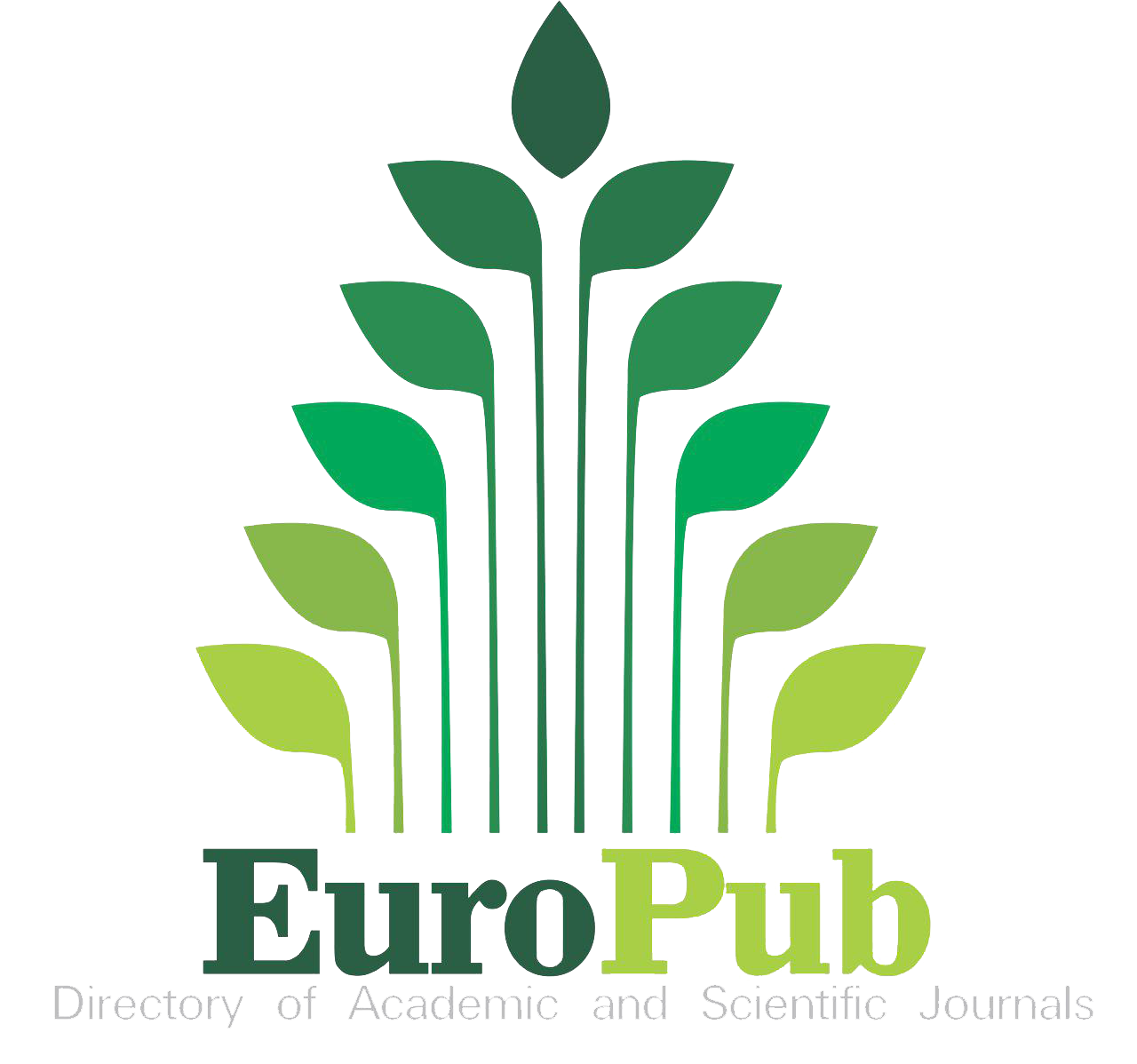THE EFFECTIVENESS OF PROBLEM BASED LEARNING (PBL) APPROACH VIEWED FROM THE STUDENTS’ MATHEMATICAL CREATIVE THINKING ABILITY
Abstract
Keywords
Full Text:
PDFReferences
Ali, Mahmudi. (2010). Mengukur kemampuan berpikir kreatif matematis. Dipresentasikan dalam Konferensi Nasional Matematika XV. Manado: UNIMA.
Ali, R., et al. (2010). Effect of using problem solving method in teaching mathematics on the achievement of mathematics students. Asian Social Science, 6 (2), 66-72.
Arends, R. I. (2008). Learning to teach: belajar untuk mengajar. (Terjemahan Helly Prajitno Soetjipto & Sri mulyani Soetjipto). New York, NY: McGraw Hill Companies. (Buku asli diterbitkan tahun 2007).
Arends, R. I., & Kilcher, A. (2010). Teaching for student learning: Becoming an accomplished teacher. New York, NY: Taylor & Francis Group.
Bilgin, I., Senocak, E., &Sozbilir, M. (2009). The effect of problem based learning instruction on university students performance of conceptual and quantitative problem in gas concepts. Eurasia Journal of Mathematics, Science & Technology Education, 5 (2), 153-164.
Chakrabarty, S., & Muhamed, N. (2013). Problem based learning: Cultural diverse students’ engagement, learning and contextualized problem solving in a mathematics class. Wcik E-Journal of Integration Knowledge, 38-49.
Crow, L. D., & Crow, A. (1977). Psikologi pendidikan. (Terjemahan Drs. Z. Kasijan). New York, NY: American Book Company. (buku asli diterbitkan tahun 1954).
Eragamreddy, N. (2013). Teaching creative thinking skills. International Journal of English Language & Translation Studies, 1 (2), 124-145.
Fadrik, A.,F. (2017). Efektivitas Problem Based Learning Terhadap Kemampuan Berpikir Kreatif Mahasiswa Program Studi Tadris Matematika UIM Mataram. Jurnal Teori dan Aplikasi Matematika, 1 (1), 48-54.
Gay, L.R. (1981). Education Research: Competencies for Analisis and Aplication. Columbus:Charles E. Merrill Publishing Company.
Gorman, R. M. (1974). The psychology of classroom learning: an inductive approach. Columbus, OH: Meril Publisjing Company.
Haylock, D. (1997). Recognizing mathematical creativity in school children. Zentralblattfur Didaktik der Mathematics, 29 (3), 68-74.
Ima, et al. (2015) Pengembangan Modul Problem Based Learning (PBL) pada Materi Populasi Hewan untuk Meningkatkan Kemampuan Berpikir Kreatif Mahasiswa Pendidikan Biologi Universitas Sebelas Maret. Jurnal Pendidikan IPA Inkuiri, 4 (3), 1-6.
Jonassen, D. H. (2011). Learning to solve problem: A handbook for designing problem solving learning environments. New York, NY: Routledge.
Lefrancois, G. R. (2000). Psychology for teaching. London: Wadsworth Thamson Learning.
McGredor, D. (2007). Developing thinking; developing learning: A guide to thinking skills in education. New York, NY: Open University Press.
NCTM. (2000). Principles and standards for school mathematics. Reston, VA: The National.
Seifert, K. S. (1983). Educational psycology theory and practice. Norfolk, MA: Pearson Education Company.
Sungur, S., & Tekkaya, C. (2006). Effect of problem based learning and traditional instruction on self-regulated learning. The Journal of Educational Research, 99 (5), 307-317.
Tatag, Y. E. S. (2010). Leveling student creative thinking in solving and posing mathematical problem. Journal on Mathematics Education, 1 (1), 17-40.
Torp, L., & Sage, S.(2002). Problem as possibilities: Problem based learning for K-16 education (2nd ed). Alexandria, VA: ASCD.
Uden, L., & Beaumont, C.( 2006). Technology and problem based learning. Hershey, PA: Idea Group.
Wrigth, S. (2010). Understanding creativity in early childhood. London: SAGE Publication Ltd.
Wu, W. Y., & Forrester, V. (2004). Exploring the cognitive processes of problem-based learning and their relationship to talent development. Dalam Tan, O. S & Watson, G. Enhancing Thinking Through Problem-Based Learning Approaches: International Perspectives (pp. 64-77). Singapore: Cengage Learning
DOI: http://dx.doi.org/10.26737/jpmi.v4i2.699
Refbacks
- There are currently no refbacks.
Published by:
Institute for Managing and Publishing of Scientific Journal
STKIP Singkawang
Jl. STKIP, Kelurahan Naram, Kecamatan Singkawang Utara, Kota Singkawang, Kalimantan Barat, Indonesia
Website: https://journal.stkipsingkawang.ac.id/index.php/JPMI/index
Email: [email protected]
JPMI Indexed by:
JPMI (Jurnal Pendidikan Matematika Indonesia) is licensed under a Creative Commons Attribution-NonCommercial 4.0 International License.



















